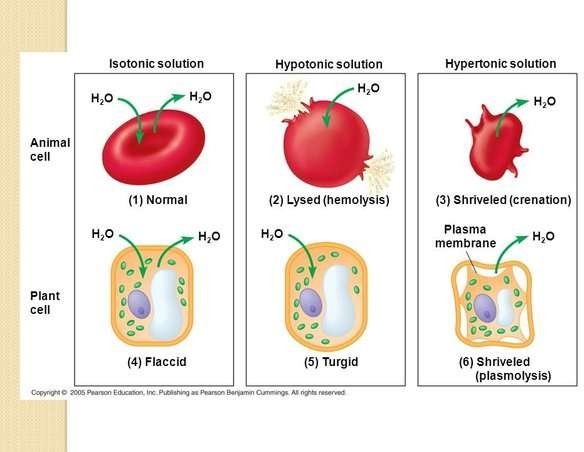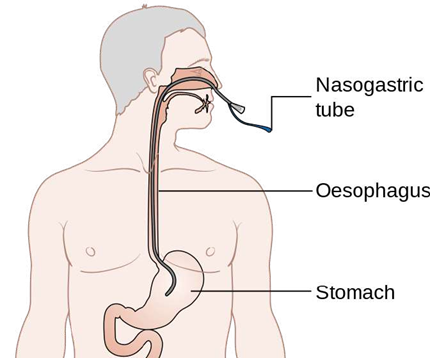The client has just undergone surgery for bladder cancer and has an indwelling urinary catheter.
The nurse should monitor for which of the following complications?
Urinary retention.
Urinary incontinence.
Urinary tract infection.
Urinary urgency.
The Correct Answer is C
A urinary tract infection (UTI) is a common complication after bladder cancer surgery, especially if the patient has an indwelling urinary catheter.
A UTI can cause symptoms such as fever, pain, burning or urgency when urinating, blood in the urine, or cloudy or foul-smelling urine.
Choice A is wrong because urinary retention (the inability to empty the bladder completely) is unlikely to occur with an indwelling catheter, which drains urine continuously.
Choice B is wrong because urinary incontinence (the loss of bladder control) is more likely to occur after partial or radical cystectomy, which remove part or all of the bladder, respectively.
In these cases, reconstructive surgery is needed to create a new way for urine to leave the body.
Choice D is wrong because urinary urgency (the sudden and strong need to urinate) is also more likely to occur after partial or radical cystectomy, which can affect the nerves and muscles that control urination.
Urinary urgency can also be a symptom of a UTI, but it’s not the only one.
Nursing Test Bank
Naxlex Comprehensive Predictor Exams
Related Questions
Correct Answer is B
Explanation

An isotonic solution has the same concentration of solutes as the blood plasma. 0.9% sodium chloride solution is an example of an isotonic solution.
It is used to supply water and salt to the body and to prevent hypotension induced by spinal anaesthesia.
Choice A is wrong because a hypotonic solution has a lower concentration of solutes than the blood plasma.
It can cause water to move into the cells and cause them to swell.
Choice C is wrong because a hypertonic solution has a higher concentration of solutes than the blood plasma.
It can cause water to move out of the cells and cause them to shrink.
Choice D is wrong because a colloid solution contains large molecules that do not pass through the capillary walls.
It is used to increase the blood volume and pressure in cases of shock or severe blood loss.
Correct Answer is D
Explanation

Nasogastric suction removes gastric secretions that contain potassium, leading to a loss of potassium from the body. This can cause hypokalemia, which is a low level of potassium in the blood.
Choice A is wrong because Addison’s disease causes hyperkalemia, which is a high level of potassium in the blood.
Choice B is wrong because tissue damage can release potassium from the cells into the blood, causing hyperkalemia.
Choice C is wrong because uric acid level is not related to potassium level.
Uric acid is a waste product of purine metabolism that can cause gout or kidney stones if elevated.
Whether you are a student looking to ace your exams or a practicing nurse seeking to enhance your expertise , our nursing education contents will empower you with the confidence and competence to make a difference in the lives of patients and become a respected leader in the healthcare field.
Visit Naxlex, invest in your future and unlock endless possibilities with our unparalleled nursing education contents today
Report Wrong Answer on the Current Question
Do you disagree with the answer? If yes, what is your expected answer? Explain.
Kindly be descriptive with the issue you are facing.
